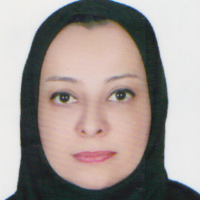Comparison of of Different Classification Methods in Terms of Accuracy for Land Use Mapping: ACase Study of the City of Yazd
In recent decades, with the development of various methods in the field of satellite image classification and change detection, there has been an increasing advancement in choosing the best and accurate method for preparation of maps of lands use and land cover. The aim of this study is to compare some algorithms which are used in land cover classification in arid lands of Ardakan plain, Yazd. For this purpose, the satellite images of the plain were categorized into four classes of bare lands, residential areas, rangelands, agricultural and road. Then, training samples were collected by using 1: 20000 aerial photos, satellite images, and Google Earth as well as through field visits Next, considering the characteristics of the images, the land use classes in the study area were defined. After the amount of differentiation of the classes was determined, land cover classification was done through Mahalanobis distance, maximum likelihood, support vector machine, minimum distance, binary encoding, parallelepiped, neural network, and spectral angel mapper. The results of the accuracy assessment of these eight methods showed that maximum likelihood, Mahalanobis distance, and support vector machine have the best performance in land use mapping in arid lands.
-
Investigating the Effect of Urban Wastewater Sludge on Color Quality and Growth Performance of Safflower Plant (Carthamus tinctorius)
*, Seyed Mohammad Mosavi Hasanabad, Afagh Tabanda Savavi, Seyes Abolfazl Varasta
Journal of Water & Wastewater Science and Engineering, -
Effect of Seed Source on Germination and Growth of Amygdalus Scoparia Seedlings
Mohammadjavad Taghipoora, Afagh Tabandeh Saravib*, Bahman Kianic,
Journal of Climate and Ecosystem of Arid and Semi-arid Regions,


